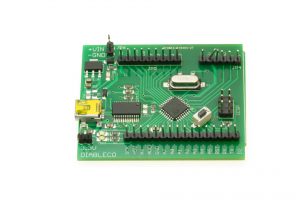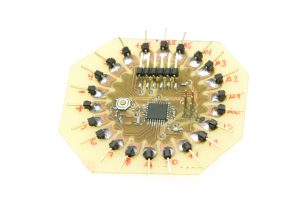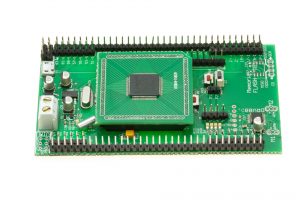If you come here because you want to use our products on prototyping, please visit our Products section.
What it is what we mean by prototype at Diableco? A device that works but its visual characteristics are not perfect and you can see that it was made by hand (instead of a machine). Additionally to speed up the process the extended documentation is not written, only a simple user manual or data sheet.
What are the advantages of a prototype? Time and money: the development is very fast and the product can be tested in few weeks while a lot of money are saved thanks to the time saver that represents the not have to design or write the documentation.
And the bad? Primarily the visual aspect, you will see wires, the case (if such a housing is needed) is not personalized or it can be directly 3D printed. It has to be said that no prototype is free from defects that are always at the price of worsening the prototype’s visual aspect.
Each done prototype have the scope and the research required by each project since lot of the prototypes are done as part of a larger project. When new phases are begun the visual aspect changes towards definitive design.
We also make prototypes MVP oriented (MVP=Minimum Viable Product) that are ideal to show something tangible to future investors and at the same time the software development team will use it to perform the first tests.
We have extensive experience in prototyping with Arduino, Raspberry or similar boards. In the first stages commercial modules are used, they can reduce the risk of errors and cheapen the developing budget. With these modules we can speed up and improve the “Proof of Concept” of any product.
Once a first prototype is made of modules and has been validated, we can design a second prototype which these modules are integrated into a single board. It is done quick because we only choose modules which we can then integrate on our custom designs. The Arduino borards are a good example: we do a test with a commercial board and then we design a board with all things on it making a tiny prototype.
Arduino and Raspberry Pi are the best known and we use them regularly but use our contact form to ask us because there are lot of better options depending on your own project.


